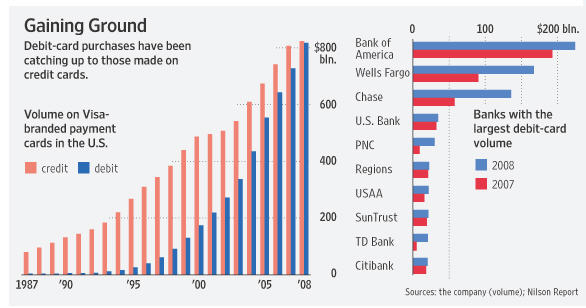As reported in the WSJ today, the Fed is proposing new debit card rates for non-exempt banks (ie over $10B in assets), further reducing the debit cap from $0.21 + 5bps.
Tag Archives: debit
A2A, Fed Now and “Instant” Payments – Threat to V/MA? Nope
Short Blog – Free Content
© Starpoint LLP, 2023. No part of this site, blog.starpointllp.com, may be reproduced or retransmitted in whole or in part in any manner without the permission of the copyright owner.
My good friend Dave Birch wrote a piece in Forbes last week on Account to Account transfer threat to V/MA. I wanted to provide an alternate view. This will likely be a multi-part blog.. today I’m starting with the consumer and the merchant (from a US perspective).
No new information for my frequent readers, just pulling together some of the latest data (see PIX below).
Continue readingFRB Durbin in eCom
Short Blog
I’ve had quite a few inbound calls on Durbin and Debit in eCom so I thought it was time for a short blog. Note this is my 90% confidence view talking to 3 of the top retailers and 2 of the top processors.
JPMC/Mastercard – Tokenizing BillPay and DDA
Free Article
Continue readingApplePay: Debit issues
Payments.. global growth.. with controlled chaos
Debit Card Wars
Payments Winners/Losers?
Debit Round 2 – Rates $0.21 to ?$0.05?
CEO of Tempo Interview
Great Interview w/ CEO of Tempo on how Durbin killed margins in Debit.. and killed Tempo
http://pymnts.com/Tempo-CEO-Opens-Up-about-Decision-to-Shut-Down-after-Durbin/
Just as I wrote in March (Sepa and EU payment innovation), when governments intervene to set prices.. “innovation” can be impacted. John says Tempo is the “poster child” of government regs gone awry. On the flip side.. third party payor processes are also disconnected from market forces (payments, health care, education, pension, …). Bank of America’s response ($5 debit card fee) is the right response for america’s banks to take toward Durbin, customers that directly incur the costs for services they use can make more informed decisions (and change behavior) to optimize their own value equation.
In the US, bank debit cards will be evolving to what we see in Canada and Australia. It remains to be seen if we will see fall off in Debit transaction growth in favor of “free” credit card transactions.
 Banks and Visa/MA certainly see things like mobile payments driving convenience of using credit.. while the “pain” of using debit increases…
Banks and Visa/MA certainly see things like mobile payments driving convenience of using credit.. while the “pain” of using debit increases…
